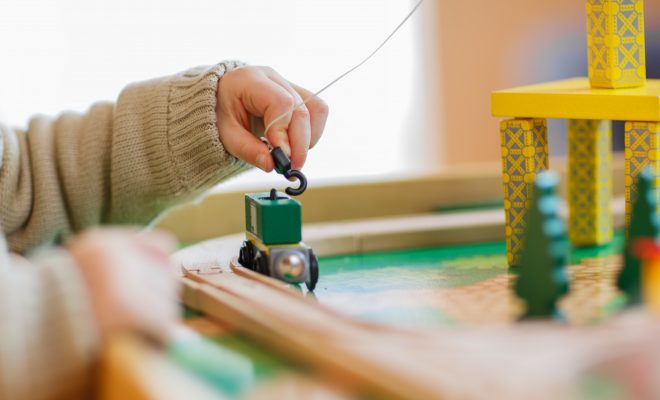
Child Development
Fine Motor Skills: Early Years Development
Fine Motor Skills: Early Years Development
All children are gifted with great capabilities, that are often unsuspected. By providing them with encouragement and ample opportunity, we can help them to achieve their full potential.
The body is a marvelous field of exploration for the very young and it will continue to be worthy of interest throughout life. Fine motor skills require calm and concentration, allowing us to refine gestures, learn to draw, gain spatial awareness and learn to write. Repetition, the key source of improvement, can be achieved by maintaining a playful dimension.
Grip and handling correspond to the first level of fine motor skills, the second level is linked to functional use. The baby becomes aware of their voluntary movements of the hands and fingers which will, step by step, learn how to trace, turn, assemble, actuate objects and reproduce written forms.
Fine Motor Skills and Understanding the World
For example, when a baby reaches out to take a sensory cube, they observe it, manipulate it, turn it, press it, shake it, taste it, speak to it, drop it; so many opportunities to develop visual, auditory and verbal skills. With the acquisition of motor skills, the possibilities for exploring and manipulating the environment are constantly developing. The baby has a unique personality that will develop at its own pace. The Canadian method: “comfort, play, teach“ allows us to gently stimulate children who seem to us to show little interest.
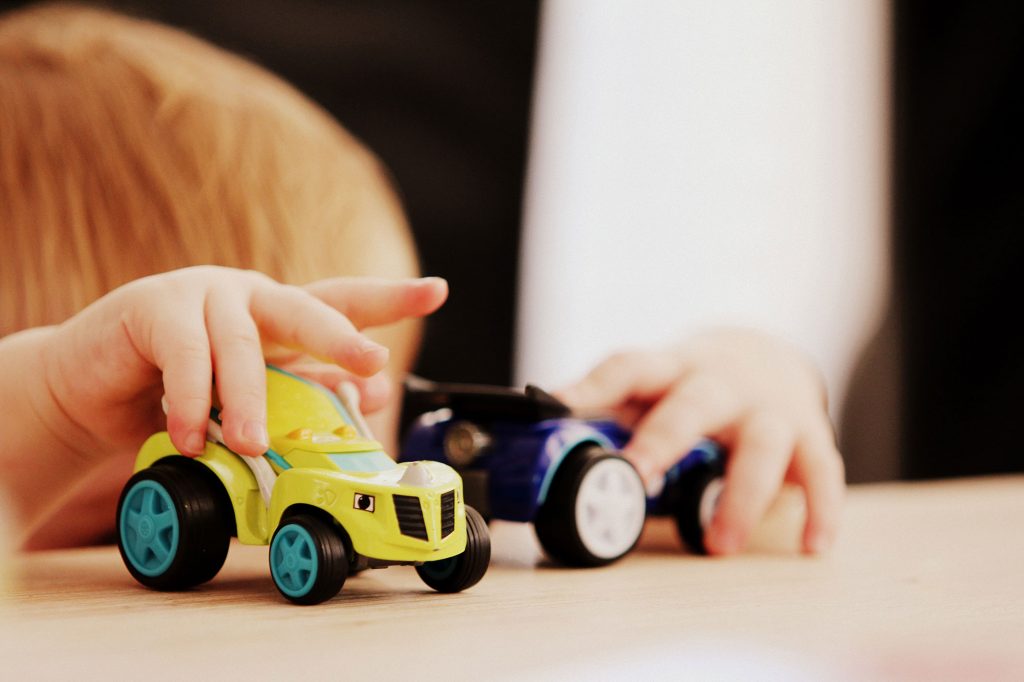
Developmental Landmarks
Around 10 Months – 1 Year
The child will, for example, pass an object from one hand to the other; will strike objects against a support and their gaze will follow a moving object, its movements are voluntary. By playing, they gradually learn to control the elements of their environment.
Around 18 Months – 2 Years
The child learns to follow your example; if they are lay on the changing table they try to undress independently; they can stack cubes; they drink from a cup by lifting it up and putting it back on the table.
EYFS Developmental Milestones – Download Free eBook
Around 3 to 4 Years Old
The child can build a tower of 10 blocks; they can use scissors and cut simple shapes like a line, they hold a pencil between thumb and index finger like an adult does; they can screw and unscrew correctly, they draw houses and characters with 2 or 4 limbs attached to the head and without necessarily a body; they can turn pages of a book one at a time, they can fasten and undo buttons on clothing.
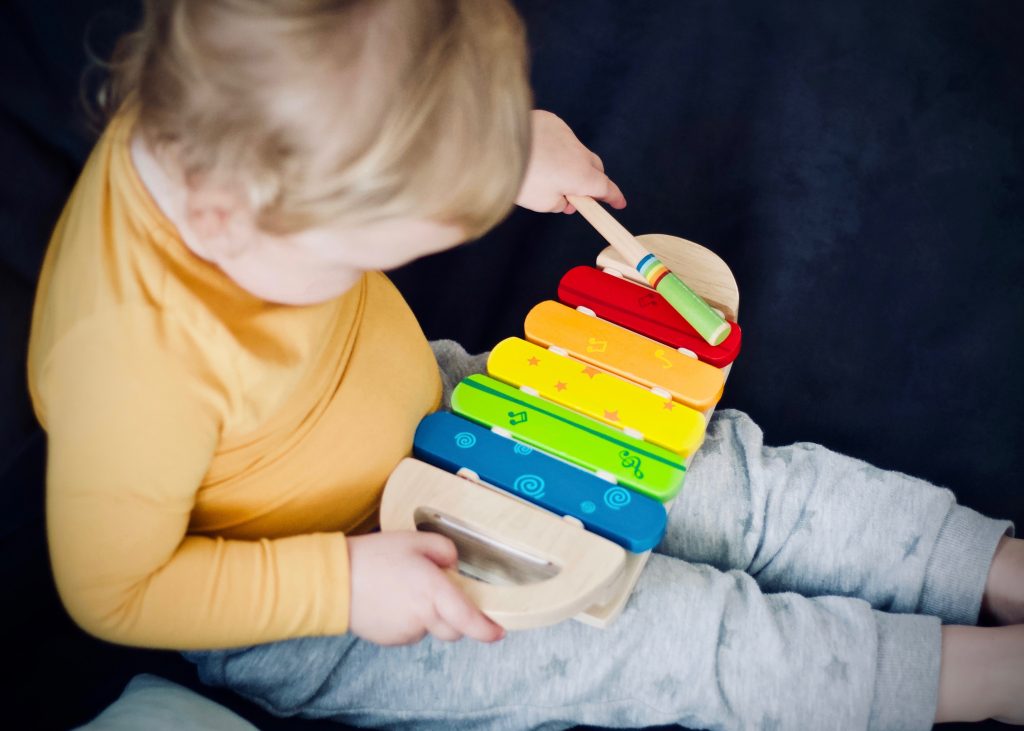
In the coming months, they will start pouring themselves a drink from a pitcher; putting on your shoes without tying the laces; dress and undress little by little without help and wash with the help of an adult.
Around 6 to 7 Years Old
The child creates more precise drawings and with more details: better defined facial features, clothing details, they can colour without exceeding the contour lines; they can cut precise shapes; they can tie shoe laces , are able to reproduce all the letters and numbers, in both lower and upper case (an adult can observe if the child is left or right-handed), they can reproduce a realistic scene in a drawing, as much in the details than in the proportions.
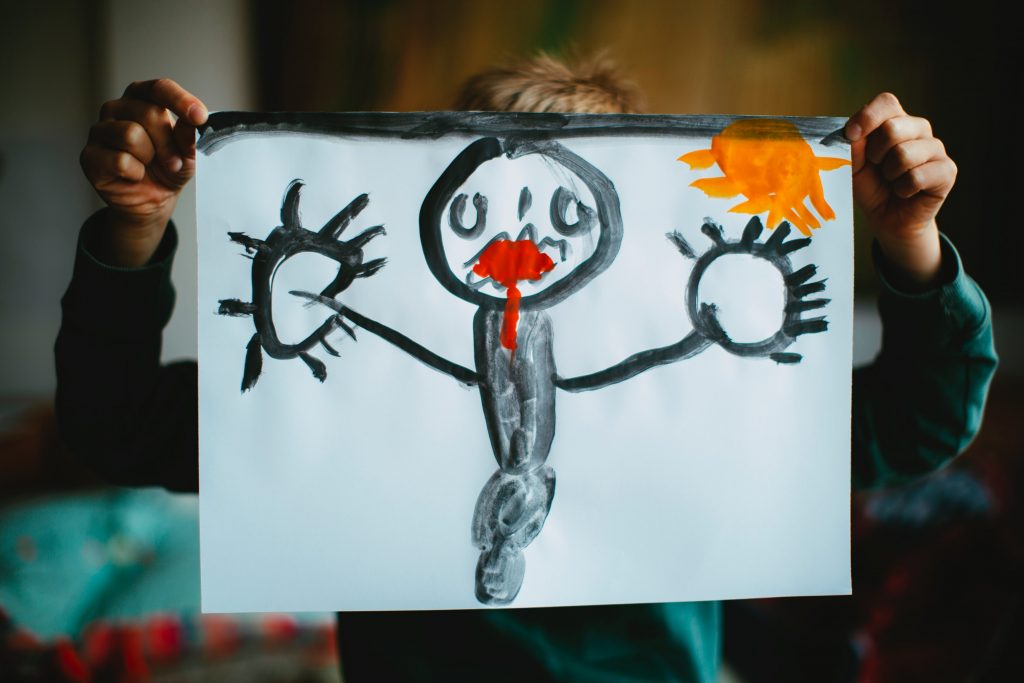
Around 8 Years Old
They begin to draw characters in profile. Little by little, they begin to learn cursive writing which they will not master until around 8 years old; they will be able to use new objects, like the stapler, the hammer or the sewing or knitting needles and will start to be able to juggle with objects (around 7 and a half or 8 years).
How to Help Them Progress
Each child is unique and develops at their own pace. You can encourage the development of fine motor skills in your daily life by these simple practices: bring the ingredients for a creative workshop, (salt dough, modelling clay to colour for example) let them prepare the equipment at home as they do at school. During the workshop, it is important that the child is an active participant and gives their ideas, allow them to use unusual and original materials to manipulate and use creatively. Afterwards, tidy up the materials together.
The smaller the hands, the more you must support (sheet of paper, puzzle piece, buttons and pressures, beads, etc.) because their fine motor skills are currently imprecise.
The main thing, at each stage, is to encourage their efforts and support them in their progress, offer your help if they wish. You will support their dexterity if you offer them motor support toys. The best conditions for progression will be achieved by ensuring the practice is enjoyable.



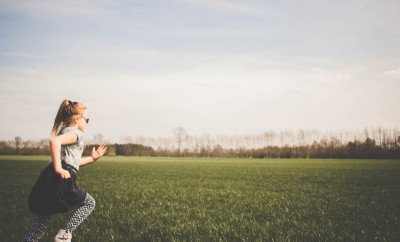



You must be logged in to post a comment Login